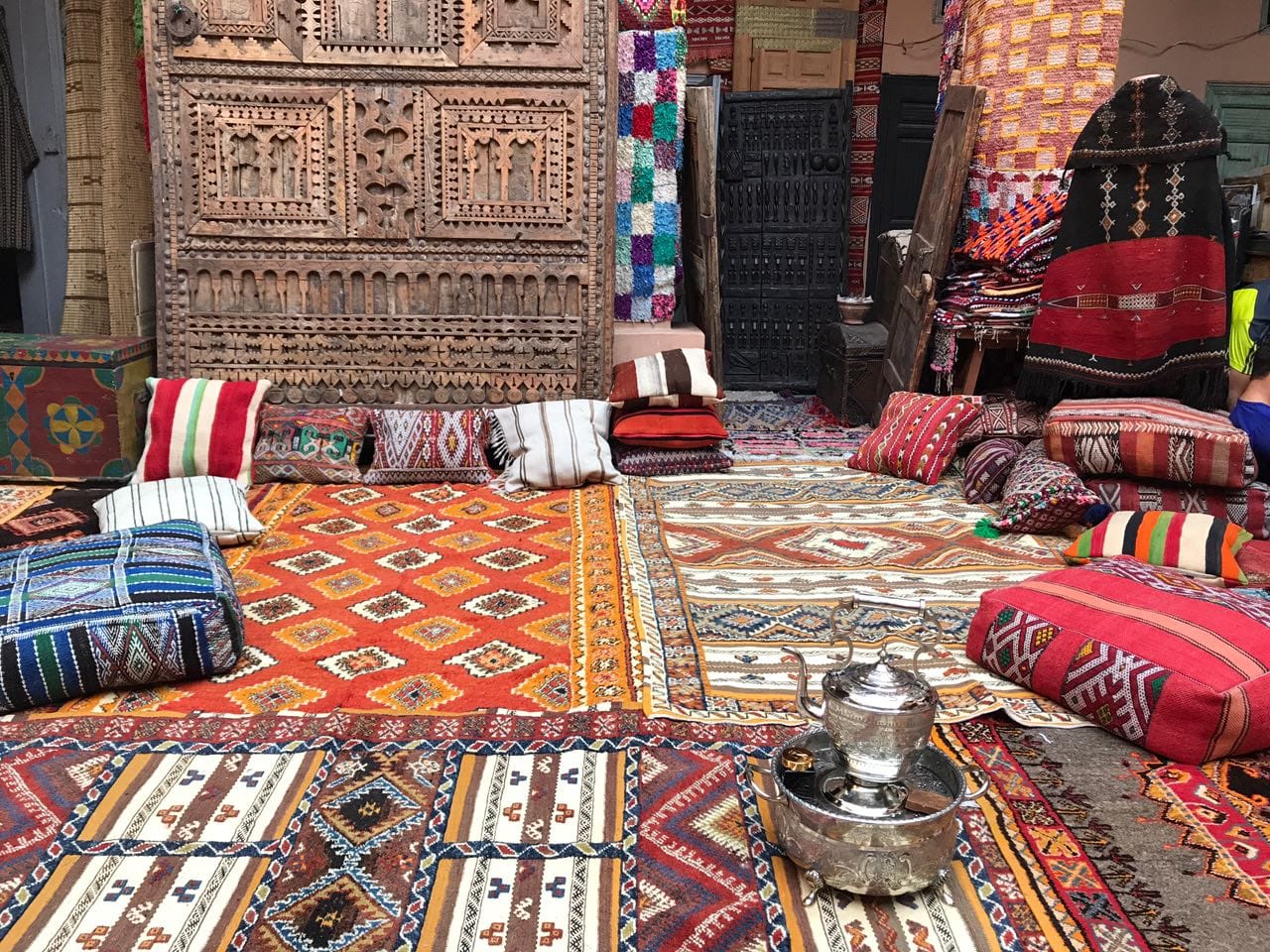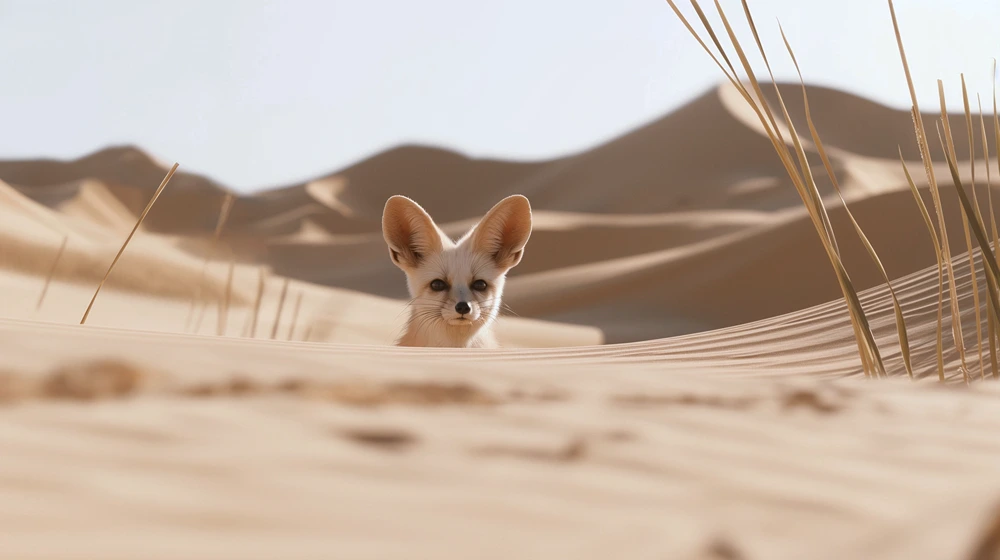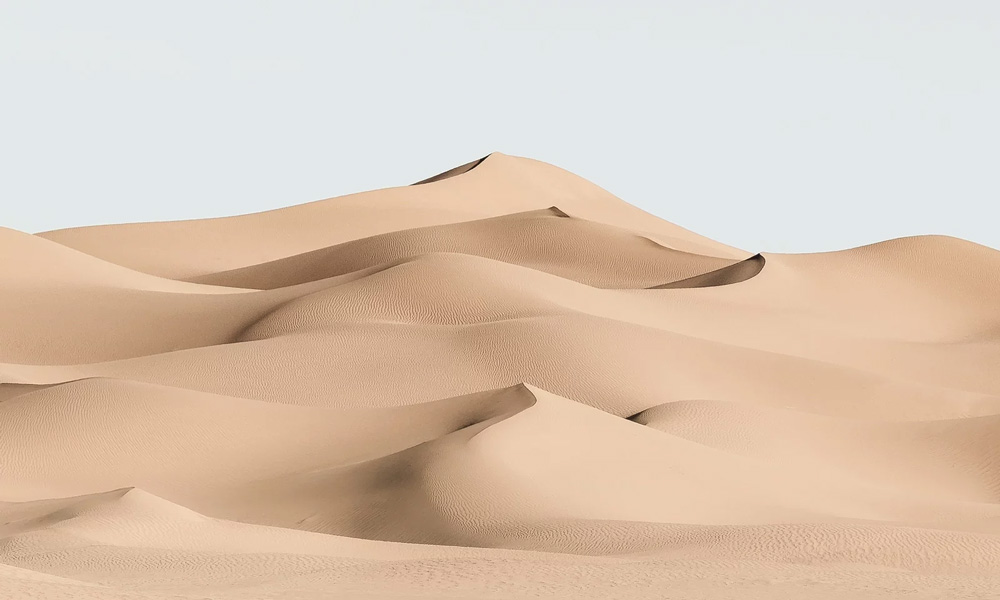Introduction
Moroccan Berber rugs are known worldwide for their intricate designs, vibrant colors, and high quality. These rugs have been an integral part of Moroccan culture and history for centuries, reflecting the deep connection between the Berber people and their land. In this article, we will explore the history, symbolism, and meaning behind Berber rugs, as well as the regional variations and the modern Berber rug industry. We will also discuss the importance of preserving the Berber rug making tradition and promoting sustainable development through the industry.
Historical Background of Moroccan Berber Rugs
Origins of Berber Rug Weaving Tradition
The Berber people are the indigenous people of North Africa, with a rich cultural heritage that spans thousands of years. The Berber rug weaving tradition dates back centuries, with Berber women in the Atlas Mountains of Morocco handcrafting rugs using techniques that have been passed down from generation to generation. The women would gather in groups to spin the wool, dye the yarn, and weave the rugs, making it a communal and social activity.
Traditional Uses of Berber Rugs
Traditionally, Berber rugs were woven for practical purposes, such as for covering floors or walls in their homes or as blankets to keep warm during the cold winter months. The wool used to make the rugs was sourced from the sheep and goats that the Berbers raised and then hand-spun into yarn. The natural dyes used to color the wool were sourced from plants, minerals, and insects found in the surrounding landscape, making each rug unique and reflective of the region it was made in.
Techniques and Materials Used in Berber Rug Making
Berber rug making is a time-consuming and labor-intensive process that requires skilled artisans with years of experience. The rugs are woven on a loom using the weft-faced technique, which involves tightly weaving the weft threads around the warp threads to create a dense and durable fabric. The designs are created by using different colors of wool and following a predetermined pattern. Natural dyes are used to color the wool, with each color being obtained from a different plant or mineral. The wool is hand-spun using a spindle, which gives the yarn its unique texture and strength.
Symbolism and Meaning of Berber Rug Designs
Overview of Berber Rug Designs
Berber rugs are known for their intricate designs and patterns, which are rich in symbolism and meaning. Each design tells a unique story of the Berber people’s history, culture, and traditions. The designs are often inspired by nature, with motifs such as diamonds, stars, and crosses representing the sun, the sky, and the earth. Animals, such as camels and goats, are also often depicted in the designs, reflecting the Berber people’s connection to their livestock and the land.
Common Motifs and Symbols in Berber Rug Designs
One of the most common symbols found in Berber rug designs is the diamond or lozenge shape. The diamond shape is thought to represent femininity and fertility, with the four points of the diamond representing the four corners of the world. The diamond shape is also thought to represent protection against evil spirits, with the diamond’s angles deflecting negative energy.
Another common symbol found in Berber rug designs is the zigzag or chevron pattern. The zigzag pattern is thought to represent the journey of life, with its ups and downs and twists and turns. The zigzag pattern is also thought to represent the mountains that surround the Berber people, with the peaks and valleys of the design reflecting the rugged landscape.
Significance of Colors in Berber Rug Designs
The colors used in Berber rug designs are also significant, with each color having its symbolism and meaning. Red is often used to represent strength and passion, while blue is thought to represent protection and ward off evil spirits. Green is associated with growth and prosperity, while yellow is thought to bring good luck and happiness.
Regional Variations of Berber Rugs
Different Styles of Berber Rugs in Different Regions of Morocco
Morocco is home to several different regions, each with its unique style of Berber rugs. The most famous regions for Berber rug making are the Atlas Mountains, where the traditional handcrafted Berber rugs are still made, and the cities of Marrakech and Fez, where modern variations of Berber rugs are produced.
Examples of Regional Variations in Berber Rug Designs and Colors
The different regions of Morocco are known for their unique styles of Berber rug designs and colors. For example, the rugs produced in the High Atlas Mountains often feature bold and geometric designs in bright colors, such as red, orange, and yellow. The rugs made in the Middle Atlas Mountains, on the other hand, often feature more intricate designs in earthy tones, such as brown, beige, and gray.
Berber Rug Industry in Modern Times
Increased Demand for Berber Rugs in Global Markets
In recent years, there has been an increased demand for handmade products, and Berber rugs have gained popularity in global markets. The uniqueness of Berber rugs, with their intricate designs and natural materials, has made them a sought-after home accessory for people around the world.
Impact of Modern Technology on Berber Rug Production
While the traditional Berber rug making techniques have remained largely unchanged, modern technology has had a significant impact on the industry. The use of electric looms and synthetic dyes has allowed for faster and more efficient production of Berber rugs, but it has also led to concerns about the loss of the traditional techniques and the quality of the rugs produced.
Challenges Facing the Berber Rug Industry
The Berber rug industry is faced with several challenges, including the use of synthetic materials and the competition from mass-produced rugs. There are also concerns about the exploitation of Berber women who make the rugs, with some women being paid unfairly for their work.
Preserving the Berber Rug Making Tradition
Importance of Preserving the Berber Rug Making Tradition
The Berber rug making tradition is an essential part of Moroccan culture and history, and it is important to preserve this tradition for future generations. The traditional techniques and natural materials used in Berber rug making are a valuable resource for sustainable development, and the industry has the potential to create jobs and economic opportunities for communities in rural areas.
Efforts to Promote and Preserve the Berber Rug Making Tradition
There are several initiatives underway to promote and preserve the Berber rug making tradition. One such initiative is the establishment of women’s cooperatives in the Atlas Mountains, where Berber women can work together to produce high-quality rugs using traditional techniques and natural materials. These cooperatives provide a safe and supportive environment for women to work and earn a fair wage for their labor.
Opportunities for Sustainable Development Through the Berber Rug Industry
The Berber rug industry has the potential to contribute to sustainable development in Morocco. The use of natural materials and traditional techniques in rug making promotes environmental sustainability, while the creation of jobs and economic opportunities in rural areas promotes social sustainability. By supporting the Berber rug industry, consumers can contribute to sustainable development while also enjoying a unique and beautiful product.
Conclusion
Moroccan Berber rugs are more than just a decorative item; they are a reflection of Morocco’s deep history, culture, and tradition. The intricate designs and natural materials used in Berber rug making tell the story of the Berber people and their connection to the land. The Berber rug industry has the potential to create jobs and economic opportunities for communities in rural areas while also promoting sustainable development. By supporting the Berber rug industry, consumers can contribute to the preservation of this important cultural tradition while also enjoying a beautiful and unique product.



